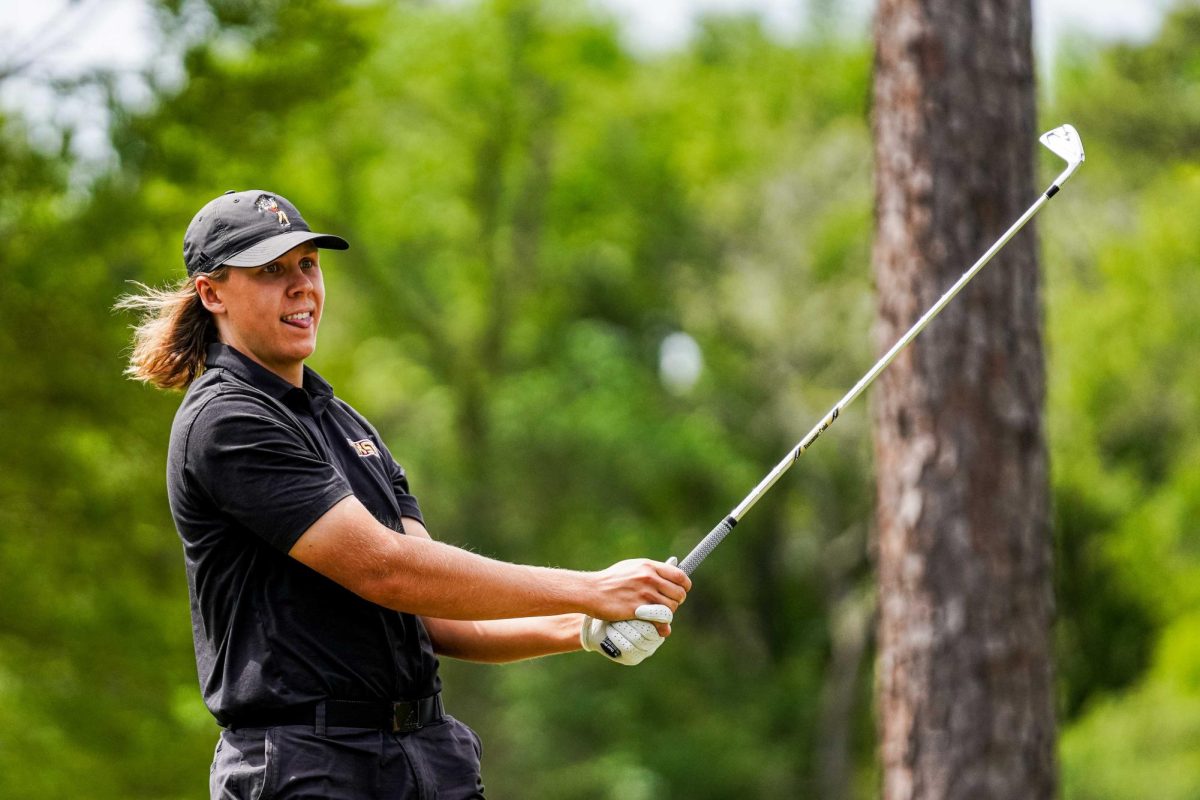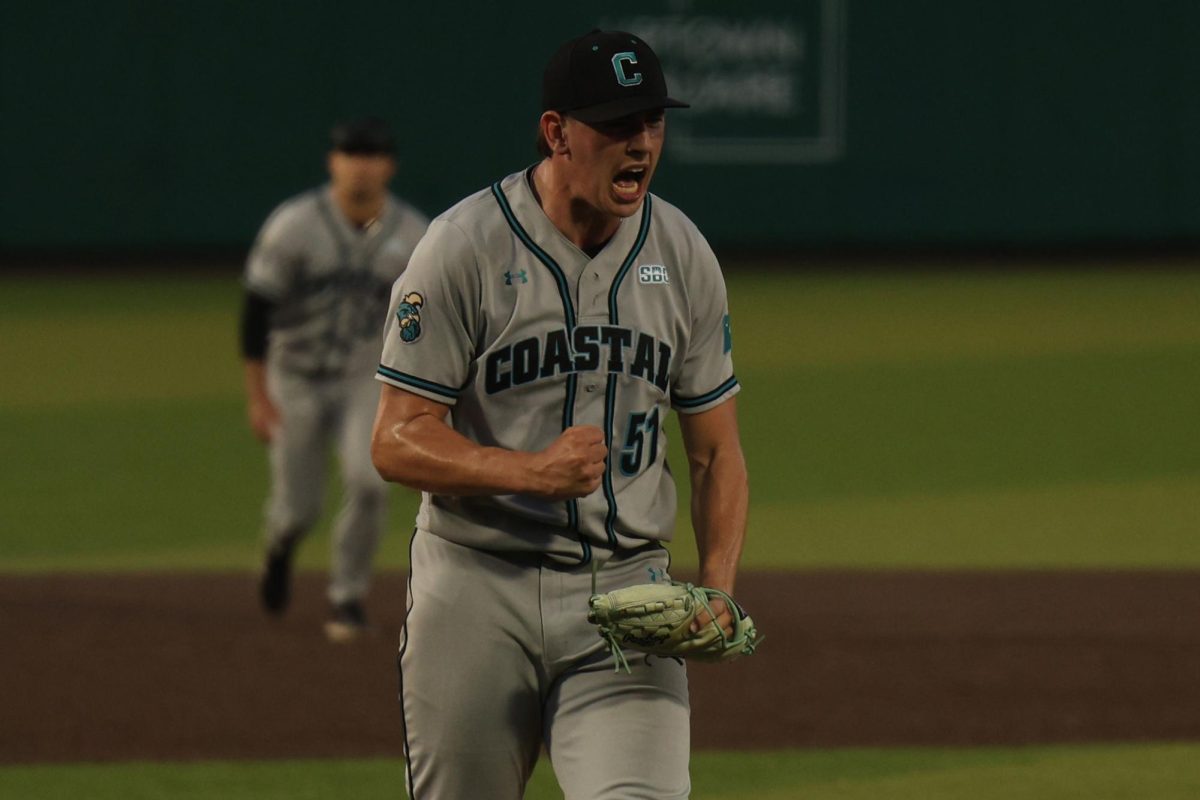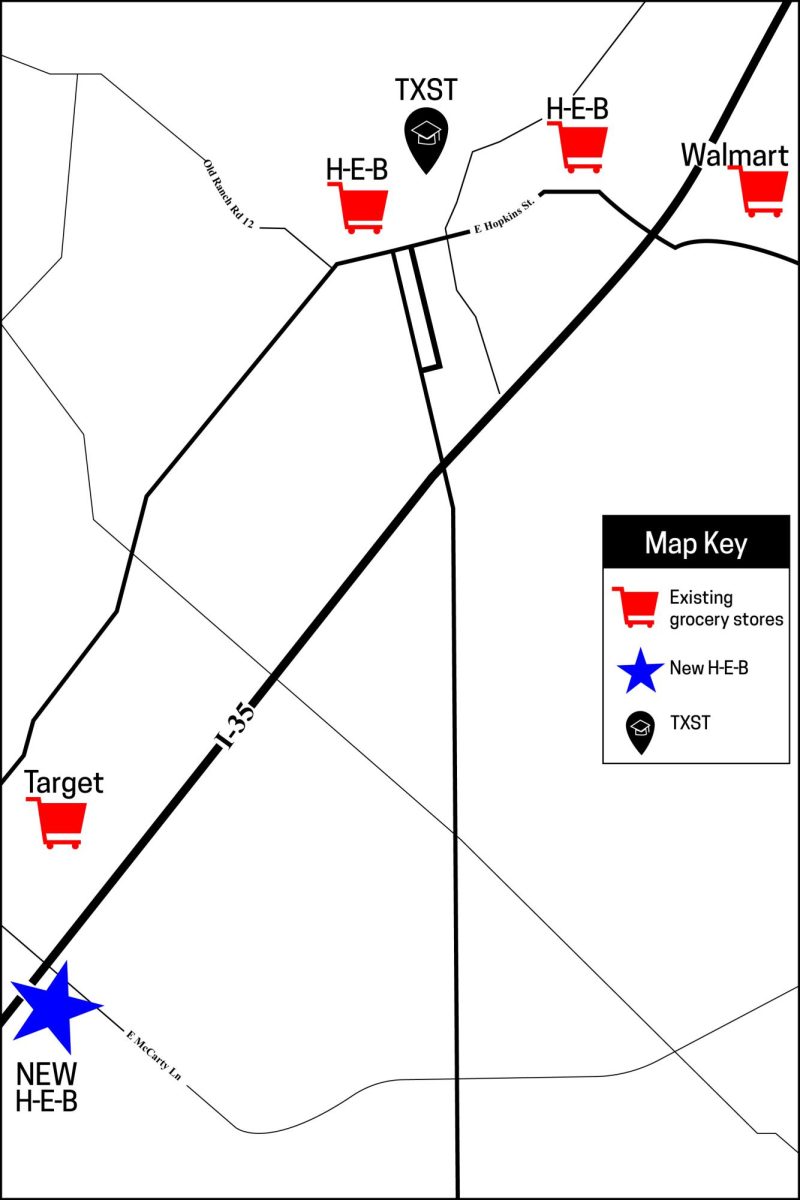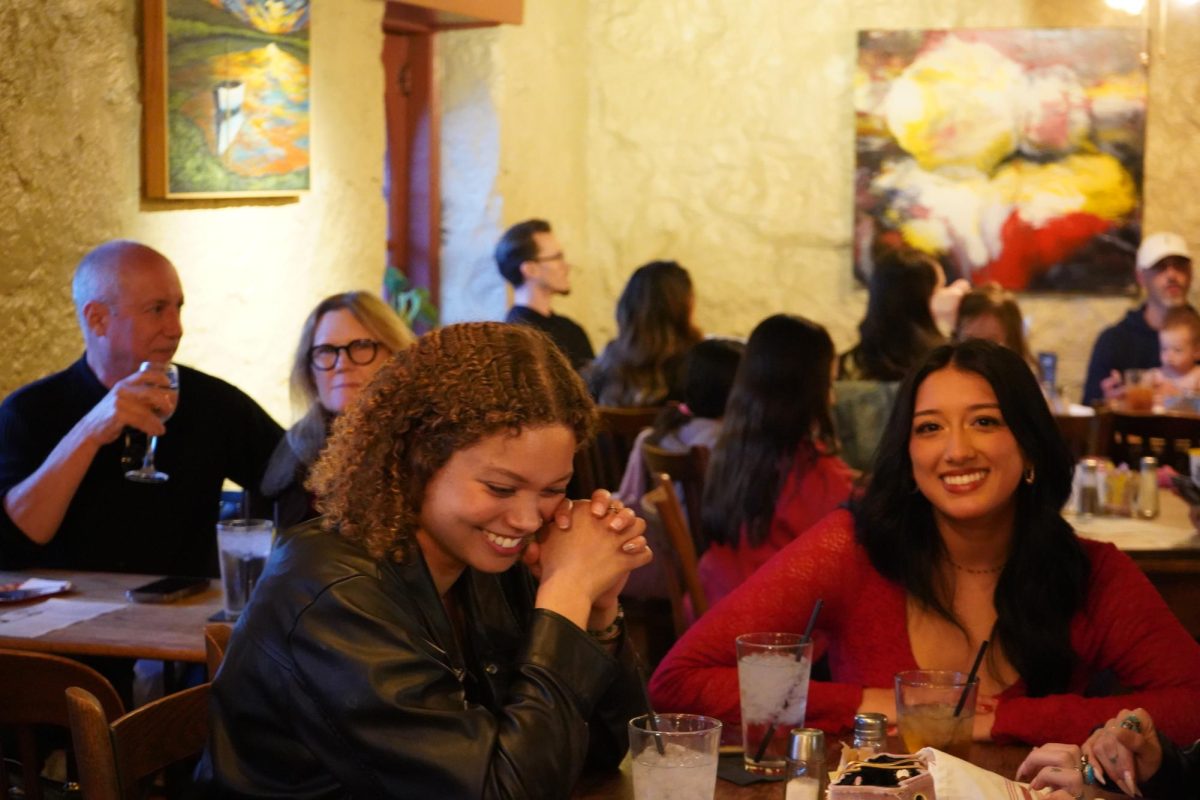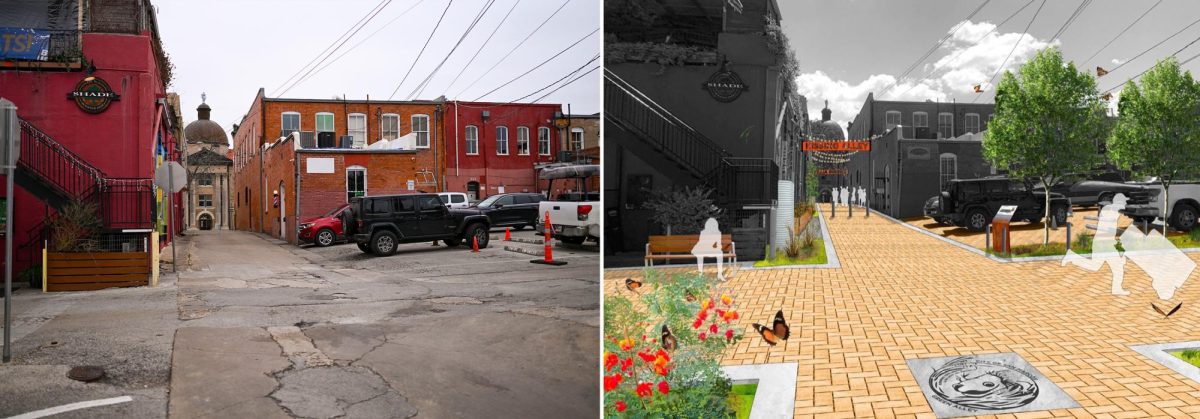North American butterfly species are facing severe declines, according to a new study published in Science, raising concerns among experts about the potential impact on San Marcos.
The study, published on March 6, found butterfly populations across North America declined significantly from 2000 to 2020, with more than two-thirds of species, such as the Orange Sulphur and Giant Swallowtail, experiencing a drop of over 10%.
The most severe declines were found in the Southwest region, which includes Texas – a state home to at least 500 butterfly species according to Chris Nice, professor of conservation biology at Texas State.
“With climate change, butterfly species in North America may find the southern limits of their ranges becoming too warm while the northern limits of their range become more hospitable,” the study stated.
The study identified habitat loss, climate change and insecticide use as the primary factors causing the decline.
The study found that the abundance of monarch butterflies grew by 9%. Butterflies are a focus of San Marcos’ conservation efforts, as the city is located along a major flyway for bird and insect migration.
However, a separate 2024 report from the University of South Carolina found monarch roost sizes, the number of butterflies clustering together at resting sites during fall migration, had declined by up to 80% across the U.S. and Texas since 2007.
In a written interview with The Star, Nikki Lake, Discovery Center specialist for the city of San Marcos, said while the city was unaware of any decline in the butterfly population, a drop could negatively affect the city.
“A drop in any of our native species would likely have a negative impact on our local ecology, which in turn may influence the choice of nature enthusiasts to pick San Marcos as a travel destination,” Lake wrote.
San Marcos also works on habitat stewardship, promotes native plantings and supports educational programs to raise awareness about endangered pollinators, according to city communications and IGR manager Nadine Cesak.
Nice said beyond butterflies’ importance as pollinators, their ecological niche as a food source means a total wipeout of butterfly species could be devastating.
“The other thing that’s super consequential is [butterflies are] a giant food supply for lizards, spiders, birds. So [for species] that would normally feed on those butterflies, that food resource would be totally gone,” Nice said.
Many local bird species in San Marcos, including the golden-cheeked warbler, also rely on insects like butterflies as a major source of food.
Butterflies are not the only species affected by climate and human-caused changes. A study published in the Proceedings of the National Academy of Sciences estimated global insect abundance declined by 1-2% annually.
“Something like 80 to 90% of all of our crop plants are pollinated by insects,” Nice said. “This means if we didn’t have [insects] we would have a really hard time with [receiving] many of our fruits and vegetables from the grocery store.”
Nice said while these insects are currently under threat, they have the potential to recover if efforts are made toward conservation.
“I don’t think people are going out of their way to kill butterflies,” Nice said. “We need different policies that deal with the impacts of climate change… we need to change agricultural practices.”
According to Lake, residents looking to get involved with local conservation can participate in city-sponsored activities.
“The San Marcos community is encouraged to cultivate a butterfly garden with native nectar and milkweed plants, which support the Monarch lifecycle and encourage populations to thrive,” Lake wrote. “They can also participate in community science programs such as Journey North and Monarch Watch, and volunteer with local nonprofits focused on habitat restoration and protection.”





